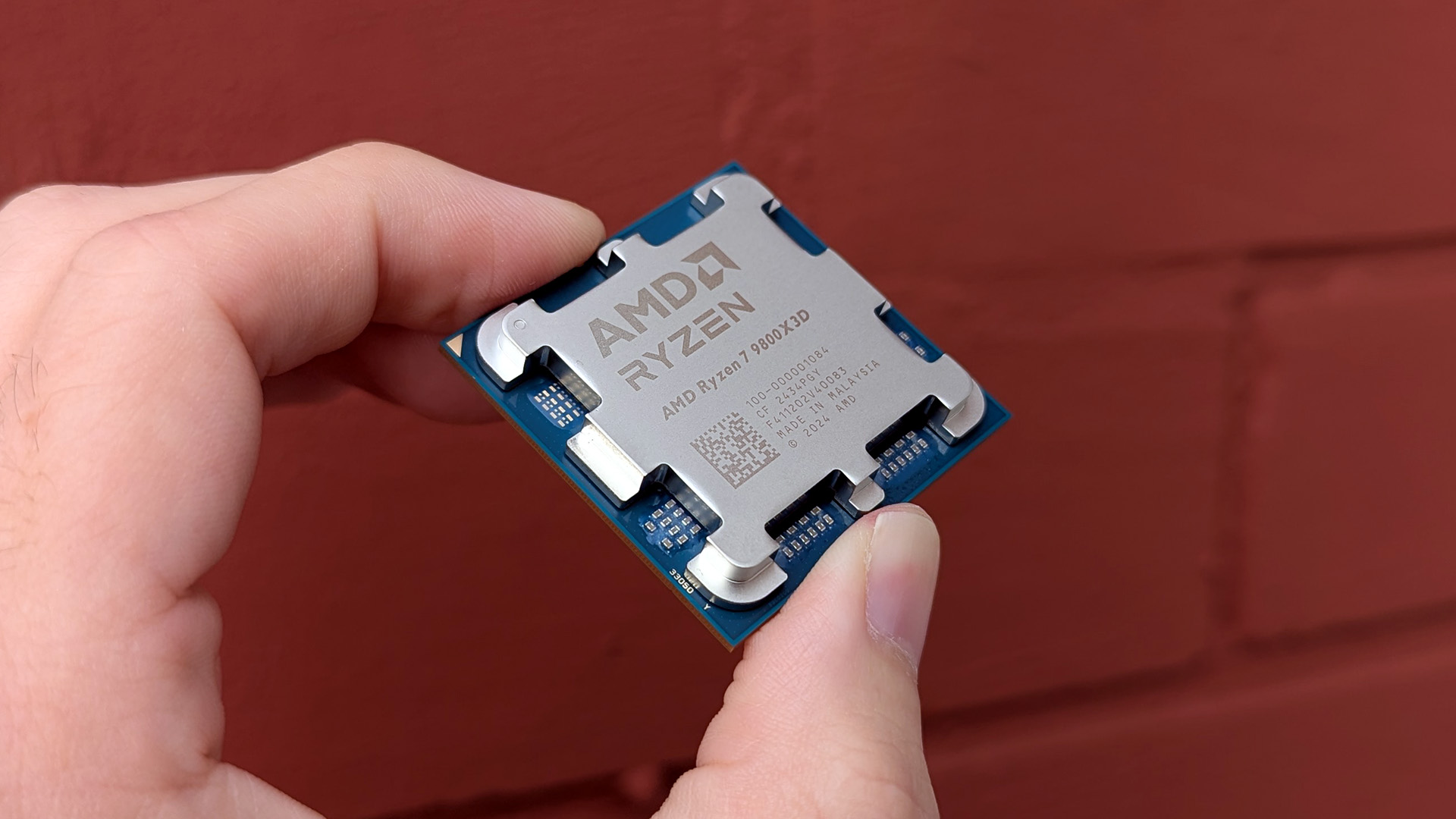We still don't really know how good (or bad) the Surface Duo's camera will be
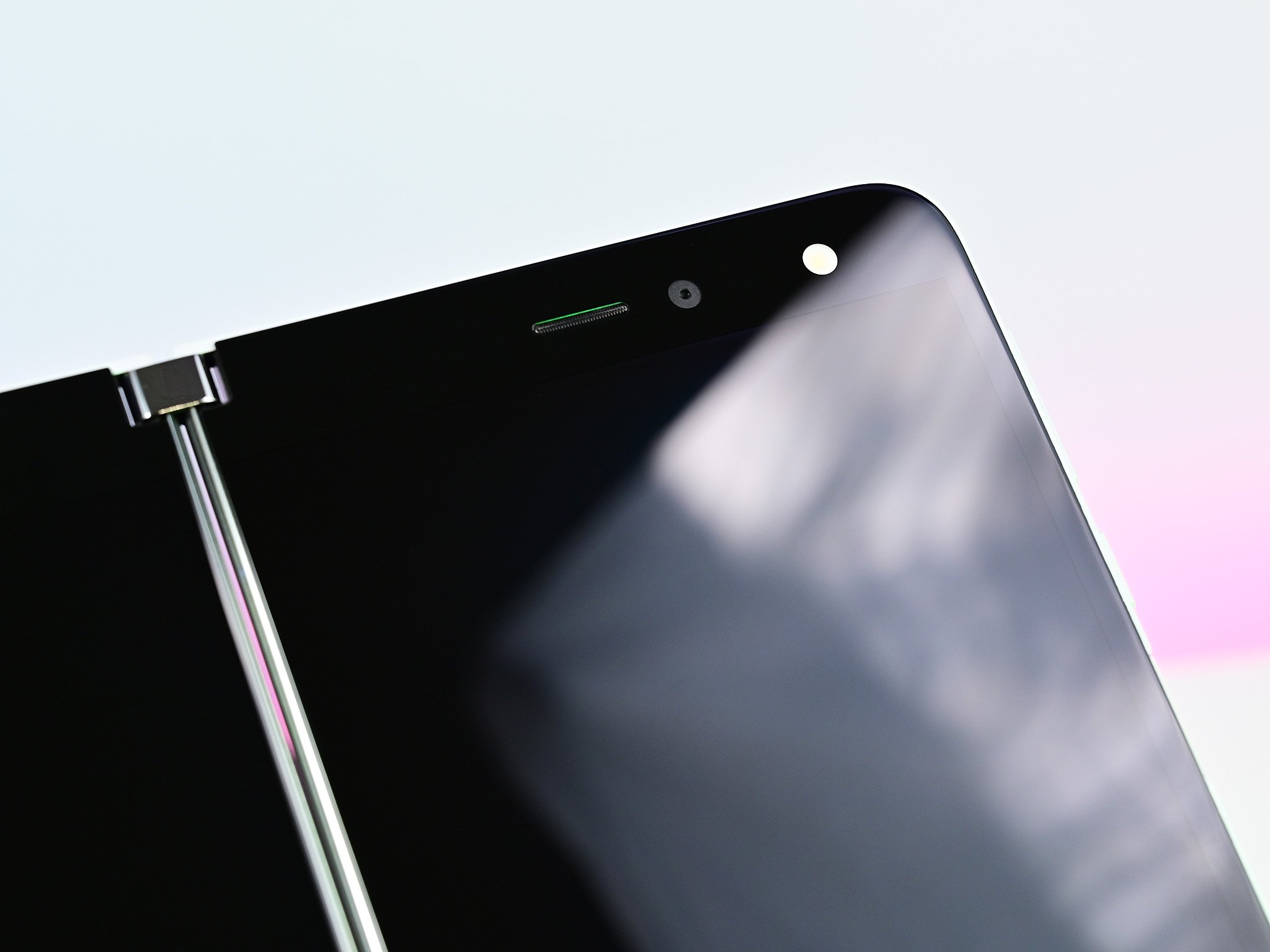
Microsoft has finally unveiled all the details about the Surface Duo, its first dual-screen Android device. We know all the specs, its price, release date, and everything in between. We even know the specs of the camera, but we don't really know if those specs are any good.
On paper, the specs are more than adequate. An F/2.0 1.0um 11MP sensor is, while not the best, a pretty typical camera sensor found on phones these days. Yet, most people are assuming this camera will be bad, myself included. Perhaps that's because the few photo samples we've seen on social media so far don't paint a pretty picture.
But those photos were taken on prerelease hardware running unfinished software, so it's probably not fair to assume the camera is terrible based on those photos alone. Admittedly, I still think it's going to be mediocre, certainly not the best out there by a long shot. But I also don't think it'll be the worst thing we've ever seen either.
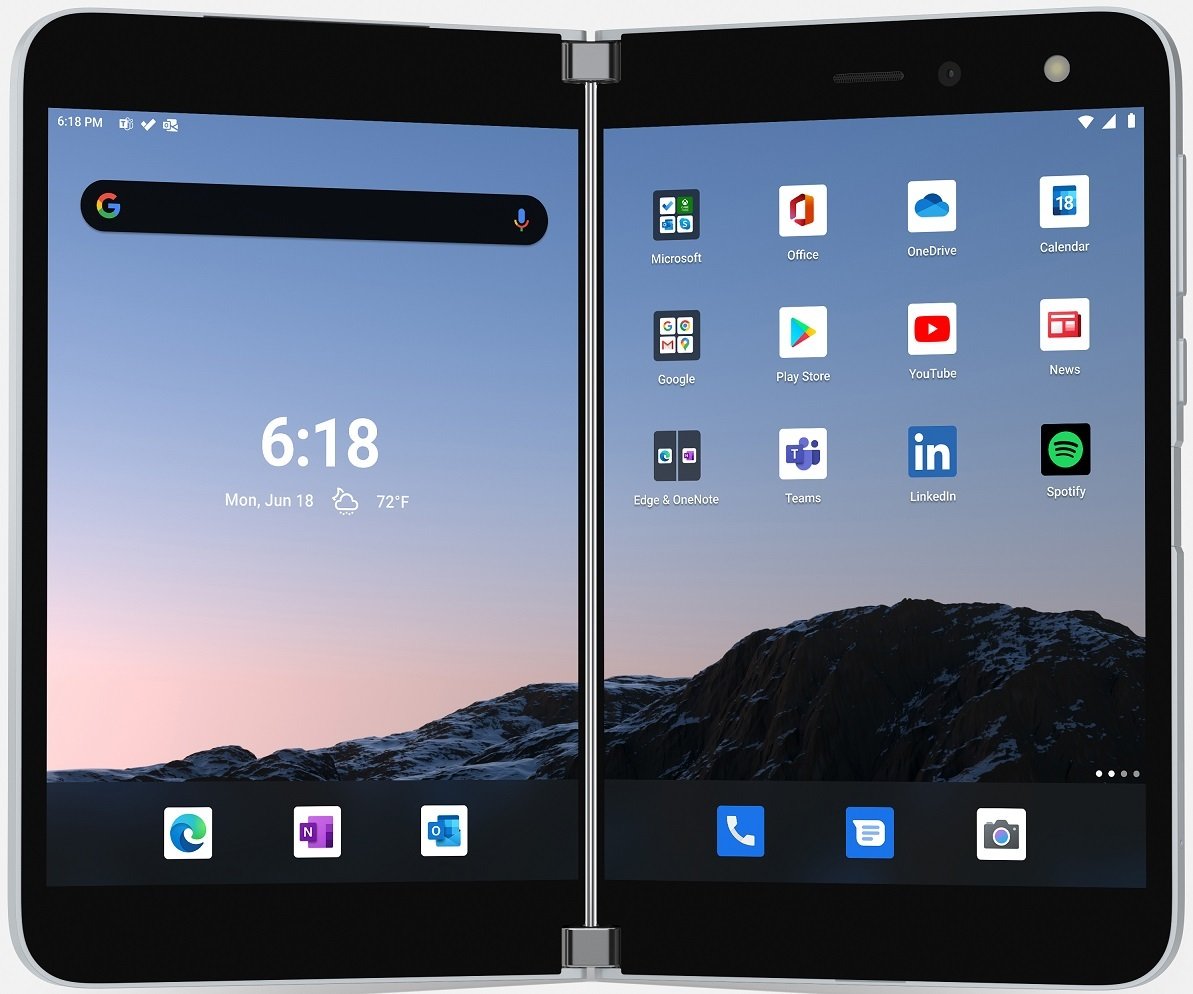
Two screens are better than one
Microsoft delves into the future of foldables with an ambitious dual-screen device, featuring two ultra-thin 5.6-inch AMOLED displays bound by a 360-degree hinge. This pocketable inking-enabled Android smartphone marks the latest in the Surface lineup, geared for mobile productivity.
Microsoft not providing official sample shots from the Surface Duo's camera should be a big indicator that it hasn't focused on the camera with Surface Duo 1, and that it's probably not going to blow anyone's socks off. One of the big reasons the camera isn't going to be amazing is because Microsoft didn't want a camera bump on the inside or exterior of the product.
Hardware and software optimizations
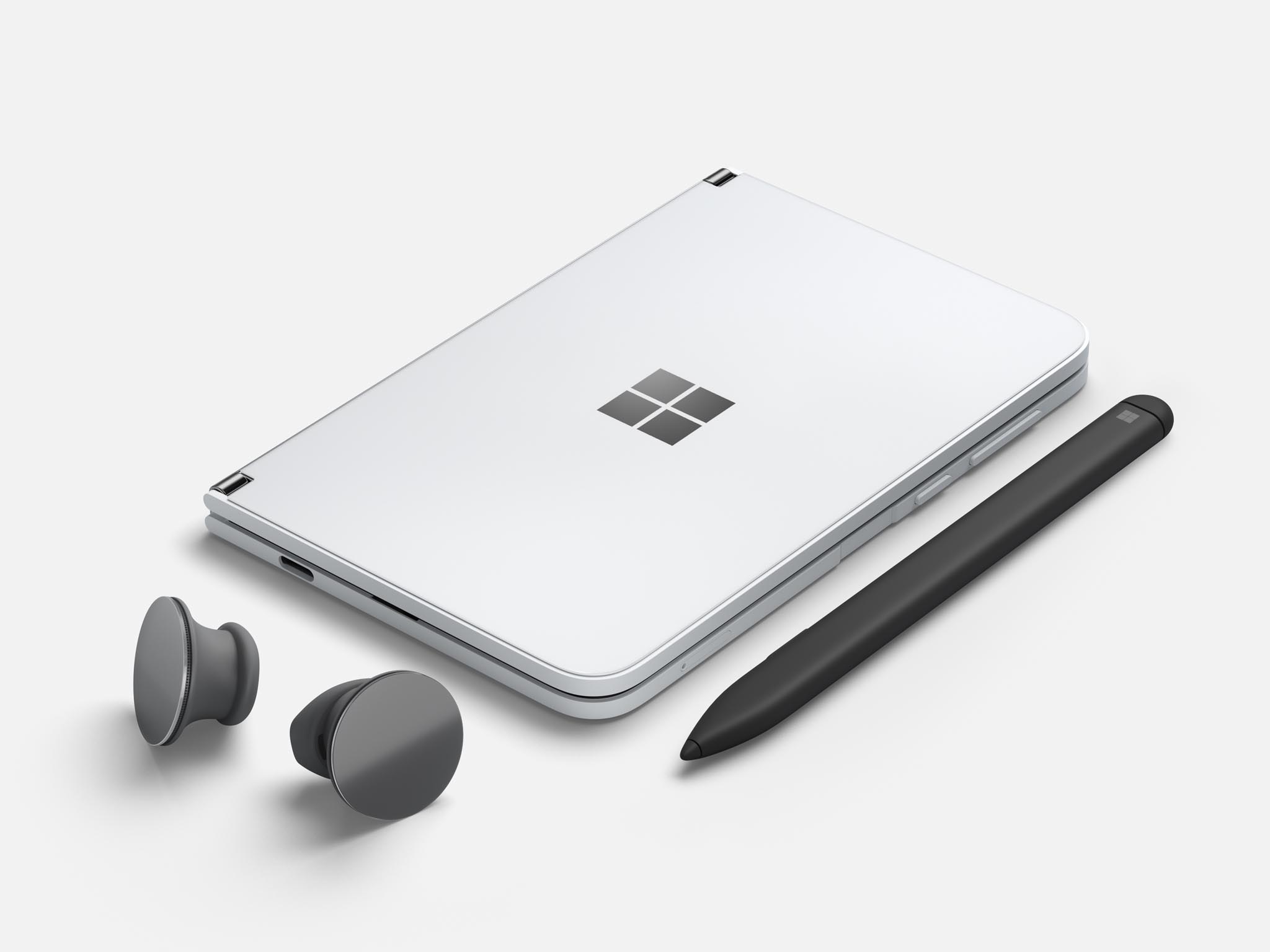
Microsoft says it's using AI-optimization to enhance the quality of photos taken on Surface Duo using the built-in camera app. I assume this means that Microsoft is using some kind of computational photography behind the scenes to make photos look better as they're taken, as well as color correcting certain scenarios based on what you're actually taking a photo of.
Software can only go so far, however, and I doubt Microsoft's first attempt at this is going to trump the AI that Apple and Google are using in their phones. It is worth mentioning that Microsoft did tell us that the camera has the usual features such as night mode, portrait mode, slow motion mode, and 4K video support too.
Surface Duo FAQ: Everything you need to know
All the latest news, reviews, and guides for Windows and Xbox diehards.
Where Surface Duo's camera will really fall down is in regards to the lack of versaility with only one sensor. Most phones these days have multiple camera sensors, which provide additional photography types including telephoto and ultrawide photography.
Surface Duo's single 84 degree camera isn't going to be able to compete in areas like this, no matter how good the sensor itself or AI optimization is. It's fair to say that camera phone photography nerds shouldn't buy the Surface Duo, but for people who don't much care about the camera will have no problems with what's included here.
It won't be like this forever
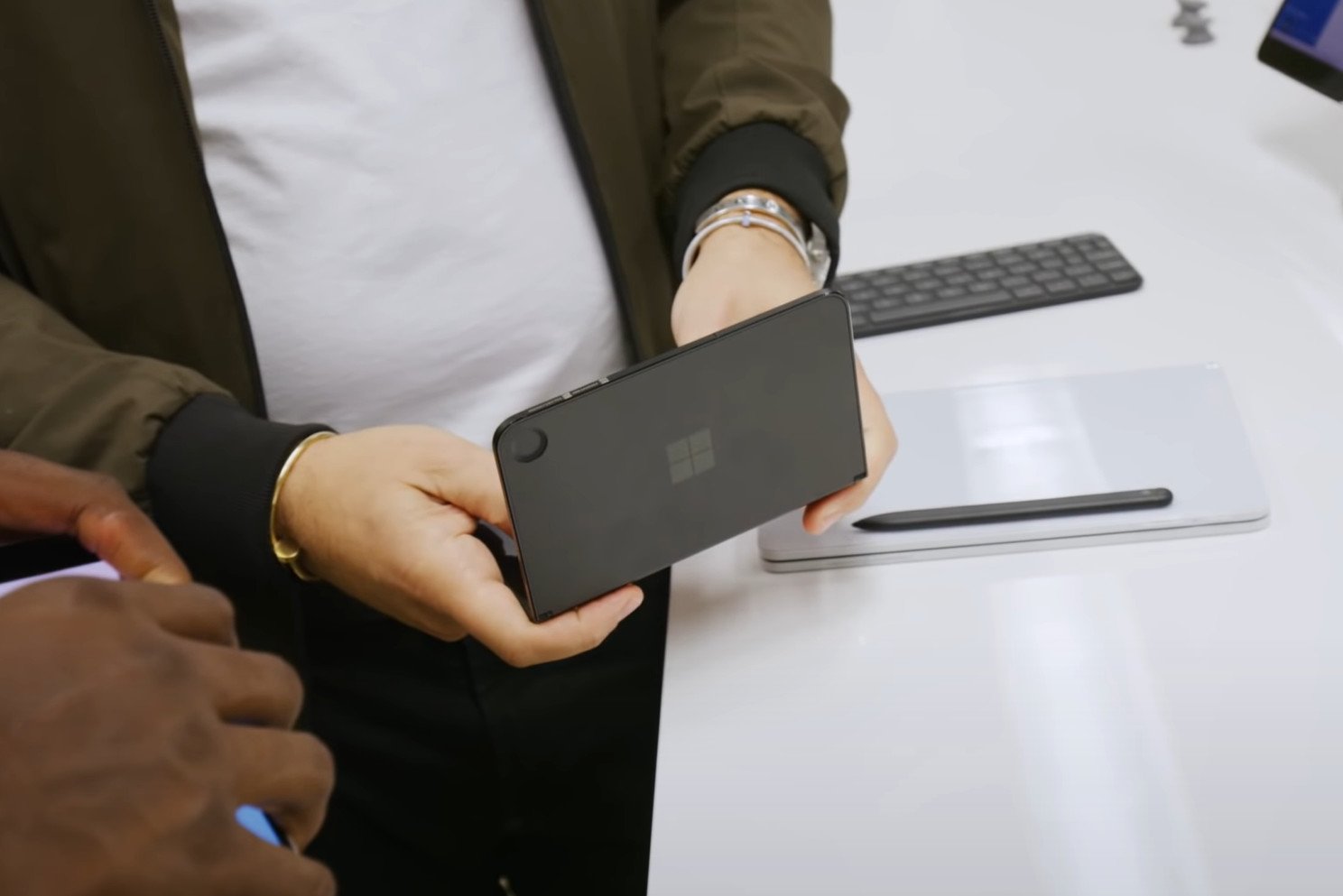
If Microsoft really wants to make a good phone with the Surface Duo, it will have to focus on the camera at some point in the future. Perhaps we'll see this with Surface Duo 2 or Surface Duo 3. The fact that Microsoft has already worked on AI optimization for the camera in Surface Duo 1 suggests that the company is already thinking about this, and hopefully it has big plans in store for future versions of the Surface Duo.
Of course, we'll have to wait and see the reviews to really understand how the camera performs. I think for a lot of people interested in Surface Duo, the camera will be fine. My prediction is that it'll take good enough photos in well-lit scenarios, but struggle significantly in low-light environments.
In the meantime, what are your thoughts on the Surface Duo's camera? Let us know in the comments.
Microsoft Surface Duo
Main


